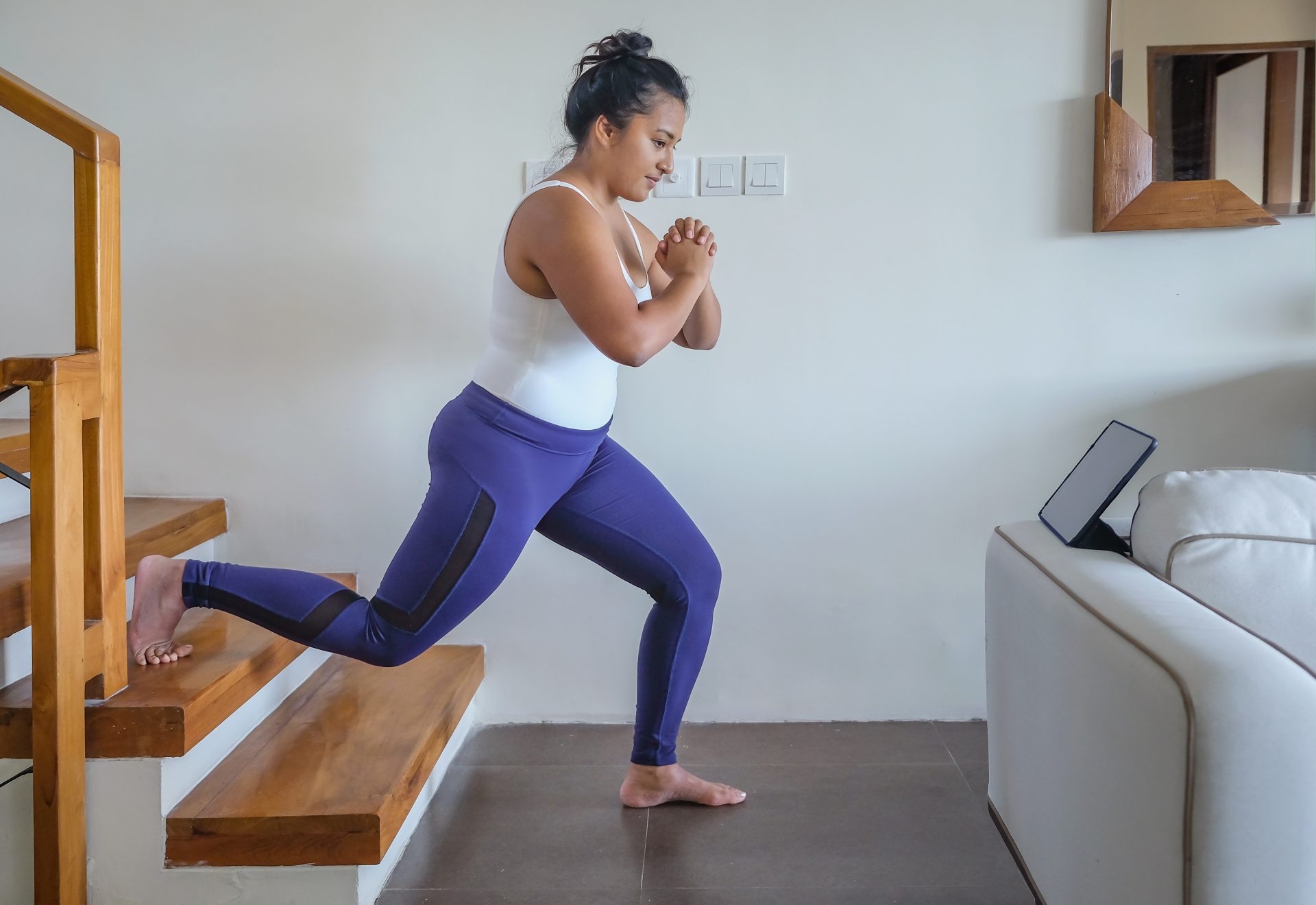Uninspired by the thought of training at home? Use these expert tips to make it as rewarding as your weighted workouts.
Although the gyms re-opened three months ago, training is still not quite what it once was. Booking slots, wearing masks and no spotting or partner training allowed has meant that some people simply don’t want to be in a gym environment, while others are still shielding or avoiding public areas as much as possible.
Gyms currently remain open in all tiers, but the unknown trajectory of coronavirus means 58% of people don’t feel safe returning to the gym, according to stats by interactive training platform Ponzu Fit. While gyms are classed as Covid secure places, due to their thorough cleaning and safety measures in place, it’s understandable why home workouts are still being favoured by some people.
You may also like
“There’s no point in training at the moment” – why you don’t need to have goals to carry on exercising
Yet, unless you’ve got a home gym sorted (you must be the envy of many!) we can’t deny that the way you train will be different than if you had access to gym-spec equipment. So how can we effectively load our bodies when we are training at home in the same way we would at the gym – only without the variety of dumbbells?
“You can definitely increase the intensity of your home workouts, whether you’ve got equipment or no equipment at all,” says personal trainer Veowna Charles. So, we asked her to show us how it’s done. Here are her simple steps to up your workout game – no gym required.
Add extra reps
Doing 20 bodyweight squats won’t have the same impact as doing six heavily weighted squats, but it will still be tough. “Rather than training for strength you’ll be working on endurance by doing more reps with a lower weight, but you’re still improving your overall fitness. Once you’re able to do 20 squats without losing your breath, you can take that endurance into the gym and use it to support your heavier training,” says Veowna.
You may also like
The best squat variations for glutes, quads, hips and endurance
Perfect the form
The more muscle activation you get in an exercise, the stronger you’ll get. That means really learning how to work through the move with perfect form – and you don’t need weights for that. “You can improve your strength by improving your technique and really focusing on breaking down each part of the movement,” says Veowna. “Say you were struggling to hit the squats you want in the gym with a barbell. At home, you can work on mobilising the hips and moving through all parts of the squat.”
Slow it down
Increasing time under tension will make the moves more challenging, says Veowna. “You could slow down on the lowering phase of a press-up to improve your strength. This will work the same areas of the body as a benchpress – the pecs and the arms – but without using a barbell,” she explains. “The longer you take to go down, the more muscle fibres that will be recruited to stabilise the body.”

Take a pause
Unfortunately, we don’t mean stopping between reps. Rather, this is about pausing during the movement to again increase the time you’re under the load. For example, you might pause at the bottom of the squat, press up or lunge to fire up the muscle. “Work on full squats, slow squats and pause squats to get stronger at each discipline,” suggests Veowna.
You may also like
What is isometric exercise? Fitness trainers explain the benefits of static training
Train at different levels
If you’re used to doing weighted lunges but don’t have any dumbbells at home, you can up the intensity by introducing incline or decline lunges. “Placing your front foot on the sofa, a table or a pile of books while you lunge you will be adding in more resistance, putting more weight through the elevated leg, so you will be working on strength without free weights,” Veowna explains.
Make it dynamic
“Sometimes we forget to do plyometric and dynamic movements in the gym because we’re so focused on the machines or the barbells,” says Veowna. Now’s the time to remember them, she says: “Jumping exercises will work on a different type of strength because you’re using a different type of muscle fibre in those fast explosive movements, but if you work on really sticking that landing position you’ll be training agility, control and balance and that will make you stronger.”
Follow @StrongWomenUK on Instagram for the latest workouts, delicious recipes and motivation from your favourite fitness experts.
Images: Getty
Source: Read Full Article
